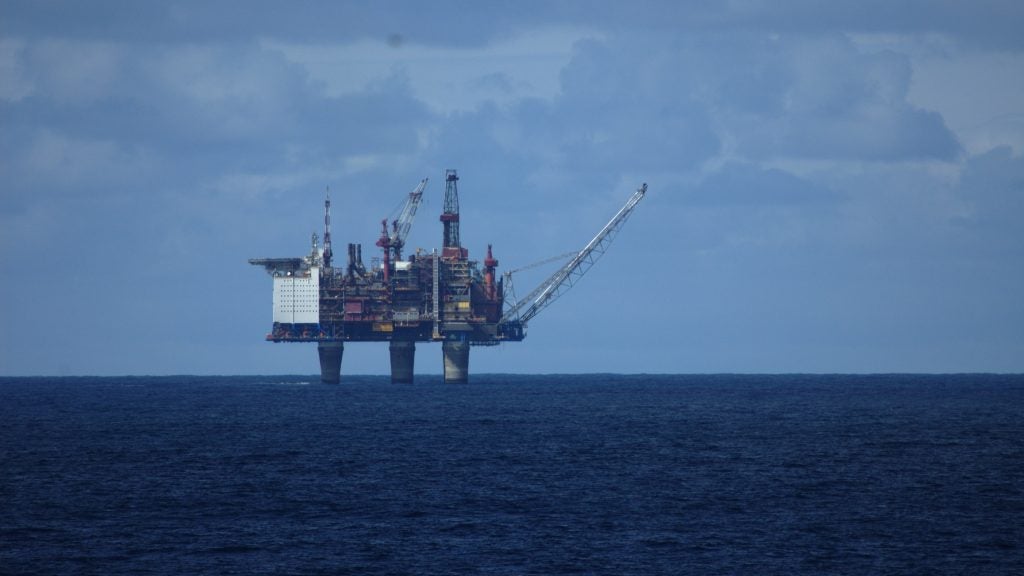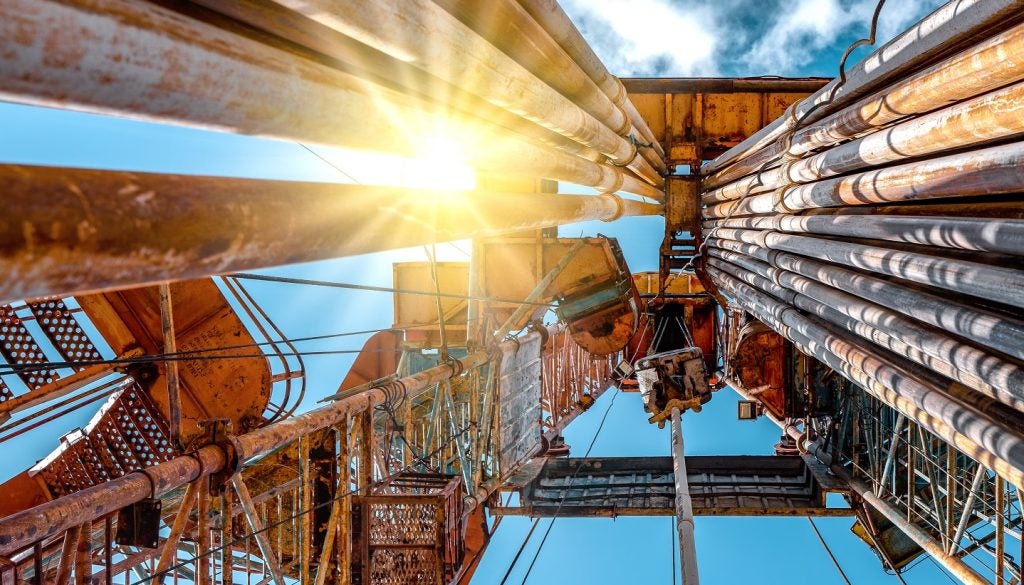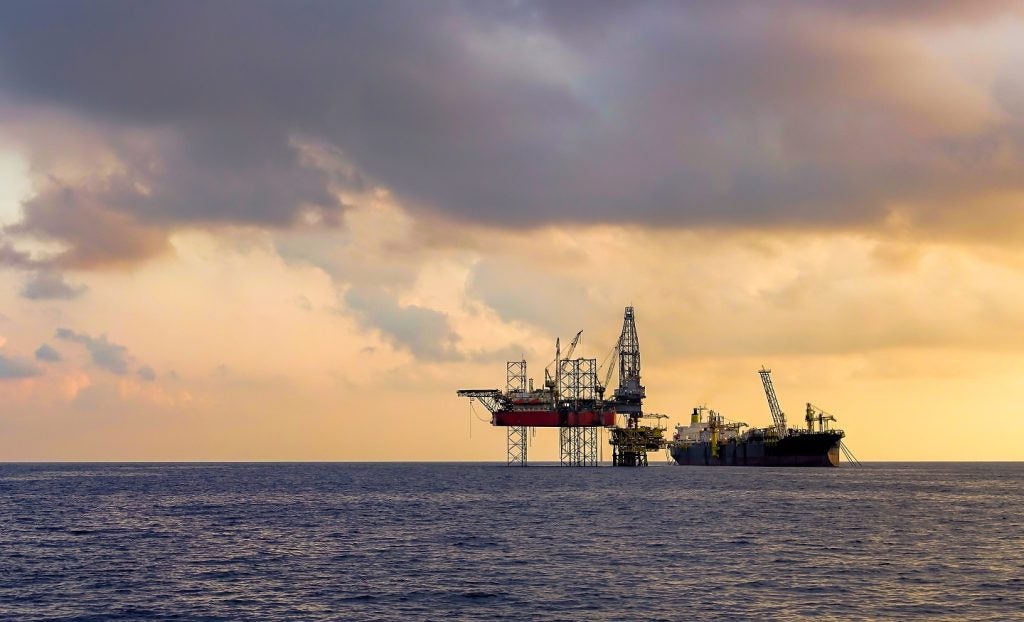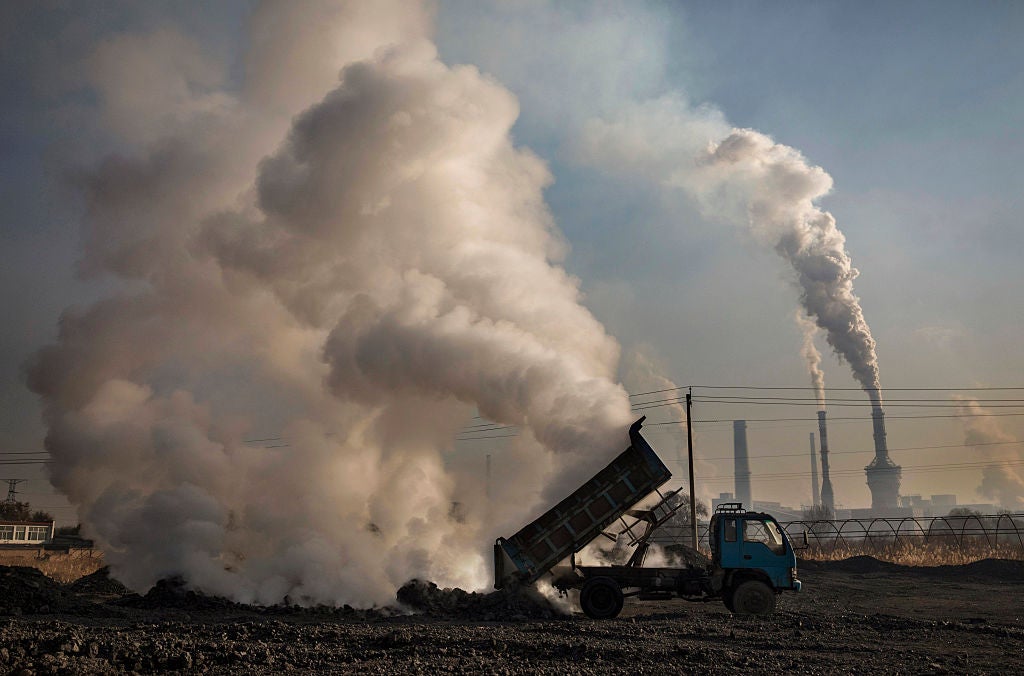The total oil and gas production of Europe increased by 3.44% during 2021-2022. The largest oil and gas producing countries are Norway, the UK, Netherlands. Through to 2030 annual oil and gas production is forecasted to decrease by a CAGR of 7.99%. GlobalData uses proprietary data and analytics to provide a complete picture of the global oil & gas fields segment. Buy the latest oil & gas fields profiles here.
In 2022, Norway had the highest oil and gas production, followed by the UK and Netherlands. Here are the 10 largest oil and gas producing fields in Europe by production in 2022, according to GlobalData’s Oil & Gas, Upstream Fields Database.
1. Troll
Troll is located in North Sea, Norway. This field is owned by ConocoPhillips, Equinor, Petoro, Shell, TotalEnergies and operated by Equinor Energy. The field produced 0.73mmboed in 2022 and recovered 67.17% of its total recoverable reserves, with peak production in 2022. Based on GlobalData estimates, production will continue until the field reaches its economic limit in 2060. Buy the profile here.
2. Johan Sverdrup
See Also:
Johan Sverdrup is located in North Sea, Norway. This field is owned by Aker BP, Equinor, Petoro, TotalEnergies and operated by Equinor Energy. The field produced 0.53mmboed in 2022 and recovered 12.13% of its total recoverable reserves, with peak production in 2026. Based on GlobalData estimates, production will continue until the field reaches its economic limit in 2082. Buy the profile here.
3. Oseberg
Oseberg is located in North Sea, Norway. This field is owned by ConocoPhillips, Equinor, Petoro, TotalEnergies and operated by Equinor Energy. The field produced 0.16mmboed in 2022 and recovered 89.07% of its total recoverable reserves, with peak production in 1994. Based on GlobalData estimates, production will continue until the field reaches its economic limit in 2039. Buy the profile here.
4. Ormen Lange
Ormen Lange is located in Norwegian Sea, Norway. This field is owned by Eni, Equinor, HitecVision, Petoro, Polskie Gornictwo Naftowe i Gazownictwo, Shell and operated by Norske Shell. The field produced 0.16mmboed in 2022 and recovered 85.75% of its total recoverable reserves, with peak production in 2012. Based on GlobalData estimates, production will continue until the field reaches its economic limit in 2034. Buy the profile here.
5. Aasta Hansteen
Aasta Hansteen is located in Norwegian Sea, Norway. This field is owned by BASF, ConocoPhillips, Equinor, LetterOne Holdings, OMV and operated by Equinor Energy. The field produced 0.15mmboed in 2022 and recovered 48.29% of its total recoverable reserves, with peak production in 2021. Based on GlobalData estimates, production will continue until the field reaches its economic limit in 2040. Buy the profile here.
6. Skarv
Skarv is located in Norwegian Sea, Norway. This field is owned by Aker BP, BASF, Equinor, LetterOne Holdings, Polskie Gornictwo Naftowe i Gazownictwo and operated by Aker BP. The field produced 0.14mmboed in 2022 and recovered 48.09% of its total recoverable reserves, with peak production in 2023. Based on GlobalData estimates, production will continue until the field reaches its economic limit in 2039. Buy the profile here.
7. Snøhvit
Snøhvit is located in Barents Sea, Norway. This field is owned by BASF, Equinor, LetterOne Holdings, Neptune Energy Group, Petoro, TotalEnergies and operated by Equinor Energy. The field produced 0.13mmboed in 2022 and recovered 33.32% of its total recoverable reserves, with peak production in 2018. Based on GlobalData estimates, production will continue until the field reaches its economic limit in 2064. Buy the profile here.
8. Gullfaks Sør
Gullfaks Sør is located in North Sea, Norway. This field is owned by Equinor, OMV, Petoro and operated by Equinor Energy. The field produced 0.13mmboed in 2022 and recovered 84.43% of its total recoverable reserves, with peak production in 2018. Based on GlobalData estimates, production will continue until the field reaches its economic limit in 2048. Buy the profile here.
9. Visund
Visund is located in North Sea, Norway. This field is owned by ConocoPhillips, Equinor, Petoro, Repsol and operated by Equinor Energy. The field produced 0.11mmboed in 2022 and recovered 69.51% of its total recoverable reserves, with peak production in 2022. Based on GlobalData estimates, production will continue until the field reaches its economic limit in 2045. Buy the profile here.
10. Åsgard
Åsgard is located in Norwegian Sea, Norway. This field is owned by Eni, Equinor, HitecVision, Petoro, TotalEnergies and operated by Equinor Energy. The field produced 0.11mmboed in 2022 and recovered 95.5% of its total recoverable reserves, with peak production in 2003. Based on GlobalData estimates, production will continue until the field reaches its economic limit in 2034. Buy the profile here.
For more details on the upstream fields, buy the profiles here.
Premium Insights
From

The gold standard of business intelligence.
Blending expert knowledge with cutting-edge technology, GlobalData’s unrivalled proprietary data will enable you to decode what’s happening in your market. You can make better informed decisions and gain a future-proof advantage over your competitors.







